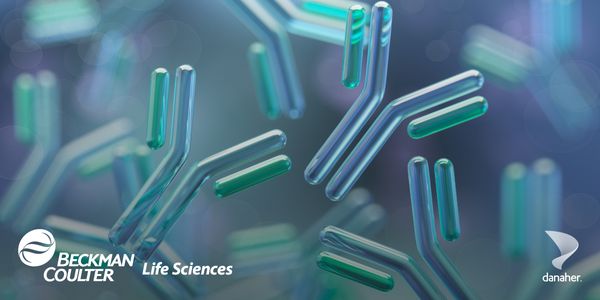Translating High-Resolution Devices to Understand Cognition and Neuropathologies in the Human Brain
Current microelectrode recordings have provided incredible insight into how the brain works, human cognition, and neural pathologies in the past 30 years, with clinical implications and uses (DBS and neuroprosthetics). The latest technologies, such as Neuropixels, have improved our spatial resolution, moving from >150 µm to 20-50 µm contact-to-contact spacing with improvements in customization. We use these high resolution recordings in human neurophysiology could provide novel and important insights into normal circuits, how those circuits participate in cognition and behavior, and how those circuits are impaired in pathology. I will discuss our 10 year journey to bring these devices into the clinical space, what they might be starting to tell us about the human brain, neuroethical considerations in this path to translation, and some future directions in uncovering answers and maybe even questions we didn't know to ask without these devices.
Learning Objectives:
1. Summarize the challenges of translating novel technologies.
2. Identify why neurotechnological advances are important.
3. Assess the neuroethical questions surrounding translating neurotechnologies.






